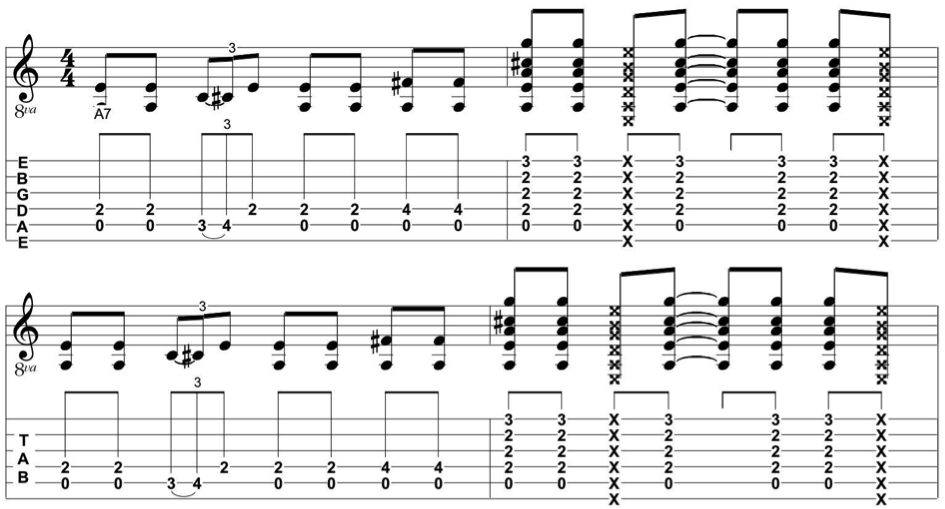Playing Advanced Blues Guitar Shuffles: How To Bring Variation To Your 12 Bar Chords
It’s common for beginner and intermediate guitarists to complain about the fact that there are no variations in blues songs. While it is true that the same chord structure (the well-known 12 bar) repeats in many blues songs, this doesn’t mean that there’s no variation possible in blues music. In fact, blues can be as innovative as other styles as the possibilities are endless once you see the options that you have.
As you’re probably aware of, blues music is the backbone of all popular music today and mastering the blues style can open a lot of doors for you in other styles when you will be able to see the connection between these musical styles.
The sad fact is that many people learn the basic structure of blues guitar and leave it at that (the biggest reason why this happens is that it’s really hard to find great blues guitar resources and teachers). So let’s look at exploring the deep roots of the blues, it will be a journey that you won’t regret. You’ll discover that the world of blues goes so much further then you ever could have imagined.
We’ll start of with a standard 12 bar blues progression. Riffs like the ones that you see in the tablature below are often the first things you’ll learn when you start on guitar and are also a big part of the reason that people wrongly assume that blues shuffles are easy and boring.
Once you’re able to play easy riffs like this, we’ll want to move away from this type of inspirationless guitar playing.
However, this doesn’t mean that we can’t use the 12 bar chord structure that is so common in the blues. This 12 bar shuffle is the backbone of many blues songs, so while it’s quite common this doesn’t mean that it’s boring. That’s why we’re going to look into adding variations to this basic structure.
Listen to this example
In the above tablature we are playing the same shuffle rhythm, but with an added variation at the end of each bar, which spices thing up a bit. But let’s take this even a step further and combine blues chords in this riff.
In this tablature we’re playing the same shufle rhythm but we’ve added chords in between the riff. To accomplish this, we could use any dominant 7th chord, but here we used the A7 chord.
The variations are endless and these examples are really just the tip of the iceberg. We could replace the 12 bar blues chords with jazz chords or compose rock riffs. In the end, you don’t want to be able to only improvise guitar solos, but also develop the ability to improvise in your rhythm guitar playing. Looking at various variations to the regular 12 bar blues shuffle is the first step to send you down that path.
Are You Ready To Master Blues Guitar?





